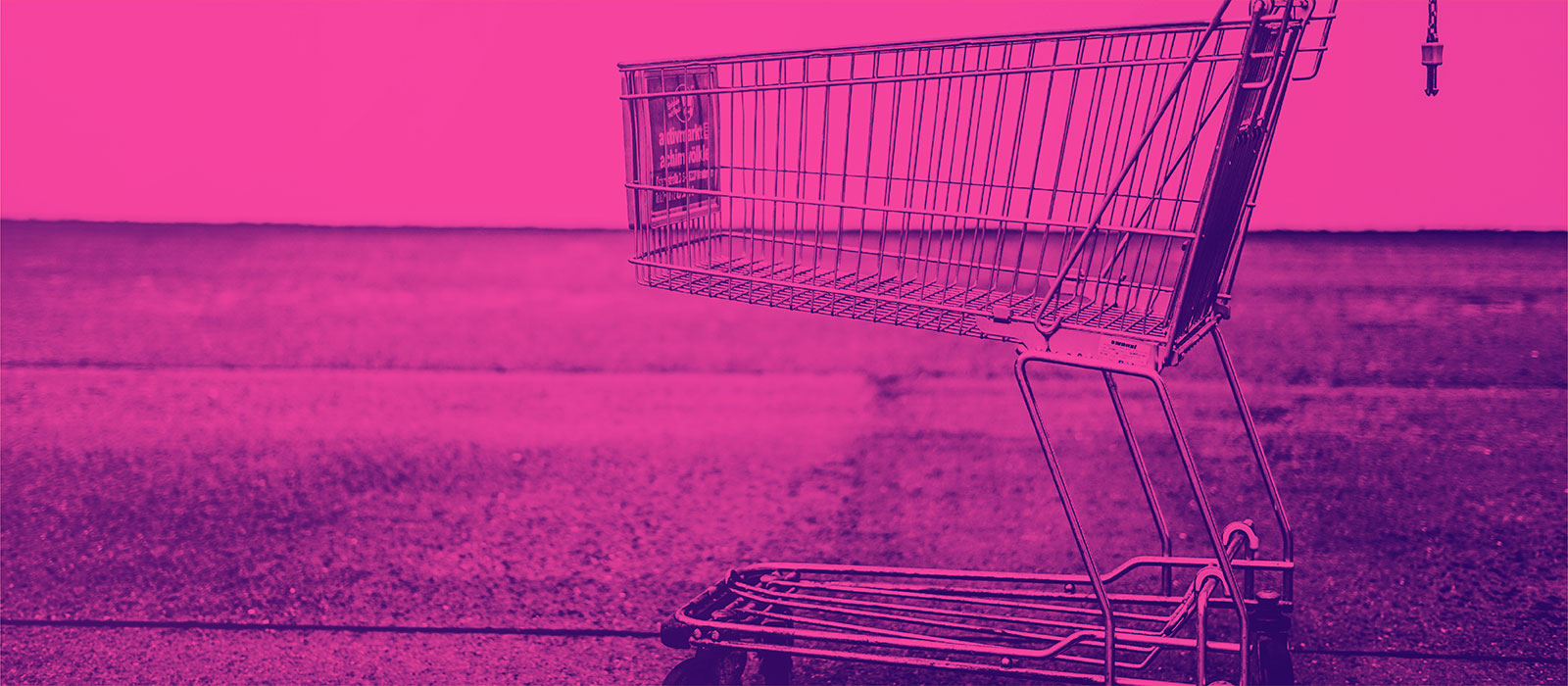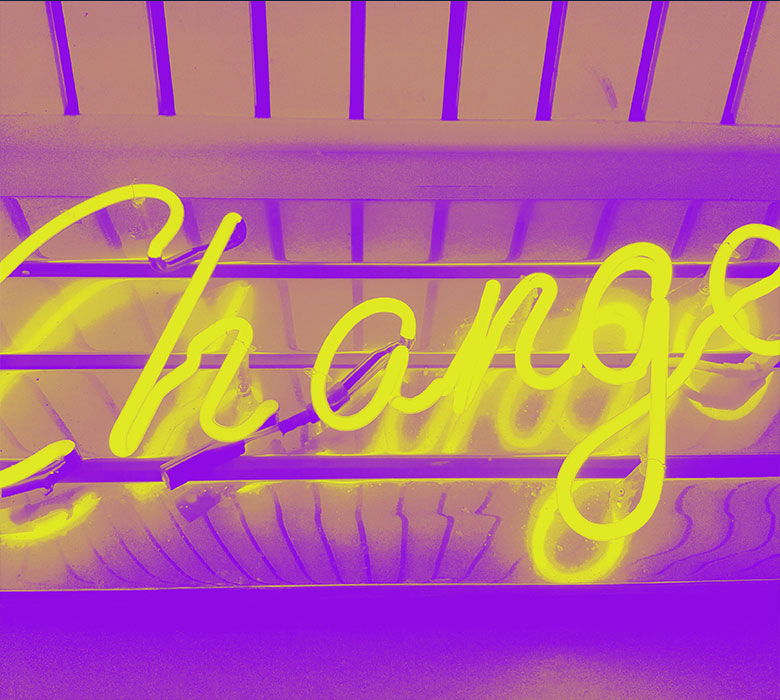How COVID-19 Will Change Mass & Discount Stores
April 27, 2020

Lynn Gonsior, Partner & COO of ChangeUp, forecasts the evolution of spaces when reopening Mass and Discount stores.
Mass and Discount retailers are making considerable contributions to our country during this crisis. From philanthropic initiatives, mass hiring, safety efforts, changes in hours, and the creation of testing sites, they are carrying many of us through this crisis.
The aftermath of the COVID-19 pandemic will likely bring a reduction in spending as many shoppers will be used to living with less, and also potentially doing less. Like in previous recessionary times, Mass and Discount retail will be where consumers look first for the products and clothing they need to keep their lives on track.
It’s tough to tell what the next normal will be in a post-COVID-19 world, but as we have said before, retailers are a resilient group. And for those that have the strength, vision, and courage, there is a future.
Consumers have been telling us for some time that they wanted more from the places where they shop, a seamless connection between online and offline experiences – perhaps this crisis just forced our hands. Now we have an opportunity to make that happen by reimagining the store.
So how can retailers plan for the rebound? How can they reopen, resume, restart, relaunch, and repair? They’ll need to be agile and adapt as consumers’ priorities, behaviors, and expectations have changed.
What Consumer Mindsets Will Likely Stick Around?
In the short term, retailers are going to have to work hard to prove to customers that their stores are safe by meeting the expected new hygiene and social standards. Find ways to differentiate and signal a “freshness and honesty” approach to reinforce the brand’s altruism.
Long term, we expect exciting new retail formats that merge online and offline shopping. Stores of the future will need to be far more flexible and work harder to adapt to changing disruptive scenarios. Be creative and more responsive to trends – pick-up only stores, smaller boxes with better BOPIS experiences, using data to provide truly local service and product offers, as well as contactless transactions.
How Will Retail Spaces Evolve?
Consider several elements of the in-store experience as we move forward.
Exterior: How will stores better accommodate curbside pick-up? This experience needs to be designed and become an integral part of the building, not an afterthought.
Entry: First impressions have always mattered, but now they’re even more important. The retailer can take advantage of this space to express who they are and how they have changed from the Coronavirus pandemic. It could be the moment when the shopper decides if they trust you.
In-Store Signage: Make sure that you’re telling your story and helping people throughout the store. Retailers have an excellent opportunity to speak to their customers on a more personal level right now. Transparency is going to be essential. What measures are they taking for the safety of their employees and customers? How have they made changes to align with this new normal?
Store Layout: What is the customer experience, is there consideration for how they will navigate the store, spacing of fixtures, and queuing at service counters? We may need to look at how space within stores reallocates to fulfillment areas and customer service as retailers evolve to meet new shopper routines and demands.
Merchandising: Fixtures will have to work harder. Be purposeful in presenting products, telling stories, and providing solutions. For example, stacking products to the ceiling, digging through bins of merchandise, and squeezing as much on a four-way as possible will likely no longer be acceptable.
Checkout: No matter the format or store size, social distancing in line will require changes to the front-end. The use of technology for automated checkout is key to moving forward. Contactless payment with mobile phones or Just Walkout Technology provides convenience for consumers (and efficiencies for retailers).
There will likely be consolidation. And having fewer retailers will change the competitive landscape. Some retailers and brands will potentially emerge stronger and become deeply ingrained in the consumer’s life. Stores will look and feel very different, but that is not a bad thing.
Retail was largely heading in this direction already – the COVID-19 pandemic is simply pushing the accelerator.


